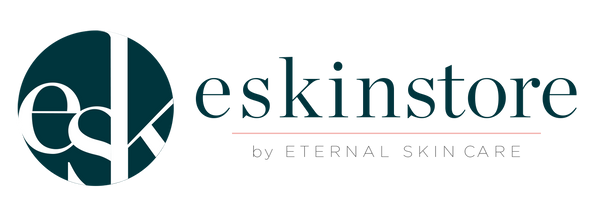Acne affects nearly everyone at some point in their lives. This skin condition affects many people in ways other than their appearance. This can have a significant impact on one's self-esteem and life.
Yes, it is inconvenient, but there are treatments available; however, patience is required.
Acne is a widespread skincare concern that affects people of all ages from all over the world. It usually starts during puberty. Androgen (sex hormone) levels rise during puberty, triggering an increase in sebum (oil) production.
Pathogenesis of Acne
The sebum is made to protect the skin against friction and helps to keep it moisturized. The mixture of sebum and dead skin cells clogged the pore which develops to a whitehead or blackhead. Cutibacterium acnes, the acne-causing bacteria that normally lives on people's skin, can thrive inside a plugged pore, causing inflammation, swelling, and infection.

Micromedone
|
Comedone
|
Inflammatory Papule/Pustule
|
Nodule
|
Acne can appear nearly anywhere on the body. The face, back, neck, chest, and shoulders are the most commonly affected areas. When you have acne, you may experience any or all of the following forms of skin lesions:

Whitehead
A small white or skin colored bump protruding from the skin. It is formed when a pore gets clogged by sebum and dead skin cells.
Blackhead
A small bump protruding from the skin but the top of the pore is open resulting to a black color seen on the surface. Same as whitehead, it is formed when a pore is clogged by sebum and dead skin cells.
Papule
A small raised reddish bump on the skin without pus. It is caused by an inflamed or infected hair follicle.

Pustule
It is also caused by an inflamed or infected hair follicle but unlike papule, this is filled with pus. The bump is usually red in color.
Nodule
This is usually bigger and more painful than papule. When the inflammation in the pore goes deeper into the skin this results to a lump under the skin. It may be skin toned, but it can also turn red as the area gets more inflamed.
Risk Factors of Acne
Acne is caused by a complex and complicated set of causes. There are several reasons that can cause your skin to produce excessive amounts of oil or create an atmosphere conducive to acne. Here are a few examples:
- Hormones: When hormone fluctuates, especially testosterone, it stimulates excessive sebum production from the sebaceous glands. This occurs during puberty and the menstrual cycle.
- Genetics: Research has shown that genetics have an impact on your chances of having acne. If your parents had acne at any point in their lives, more likely you can have it too.
- Environment: Environmental factors such as Pollution have been shown to cause skin irritation and acne breakouts.
- Stress: Stress doesn't cause acne, but it can make it worse. When you are stressed, you release a hormone called cortisol, which is a steroid hormone that affects sebum production and over time, it can increase the probability of acne.
- Diet: Greasy food, fast food, and foods that cause insulin spikes, such as refined sugar or carbohydrates, can promote acne. Insulin makes androgen hormones more active and in turn, this increases the production of sebum in the oil glands.
- Medication: Certain prescriptions may aggravate acne. These include some antidepressants, anti-epileptics, and anti-tuberculosis drugs.
Acne is difficult to avoid due to the numerous factors that contribute to it. However, with the right products and early treatment, acne can be prevented from worsening and leaving scars.

